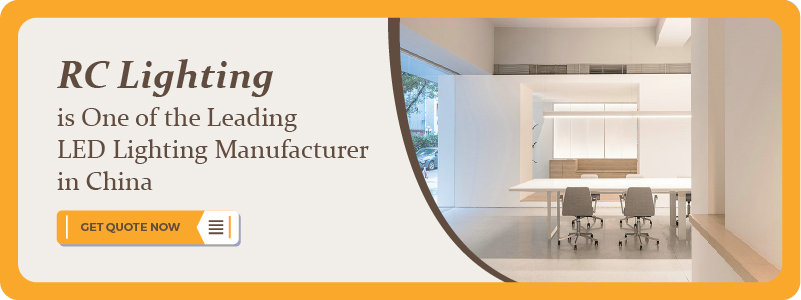The main reason behind its application and use in households is that it offers more light than other types of lighting options out there. However, a major consideration is whether you have IC-rated fixtures in your home.
Insulated Contact (IC) rated fixtures mean that your lighting is more energy-efficient and safer than most other lighting options. For one, the quickest way to determine whether you have IC-rated light fixtures is to check the sticker on the recessed lighting fixture. It will either say IC-rated or Non-IC-rated.
What is an IC-Rated Recessed Light?

IC stands for Insulated Contact, and IC-rated recessed lighting means recessed lighting fixtures with an “insulated contact” rating. IC-rated fixtures are best for spaces that offer direct contact with the insulation (usually in attic space). But this isn’t true for non-ic-rated light fixtures. This is because when non-ic-rated recessed lighting comes in direct contact with insulation materials, it becomes a fire hazard.
The range for ic-rated light fixtures is between 75 to 100 watts. With the 100 watts option, there’s a significant reduction in fire hazards. The case with IC-rated recessed lighting fixtures is entirely different. Covering them with insulation materials (cellulose insulation, etc.) doesn’t pose a fire hazard. The real reason is that IC-rated lighting fixtures contain a light bulb or many low wattages.
If prolonged use causes the light bulb (led lights) inside the IC-recessed lighting fixture to overheat, thermal protection easily turns the light off. This prevents the lighting fixture from overheating, which can lead to combustion.
In contrast, the non-ic-rated recessed lights don’t have any thermal protection to prevent combustion once the light bulb crosses the wattage limit and starts to overheat. Since non-ic-rated lights involve insulation contact, the fire could spread and endanger inhabitants’ lives.
Differences between IC-Rated and Non-IC-Rated Recessed Lights
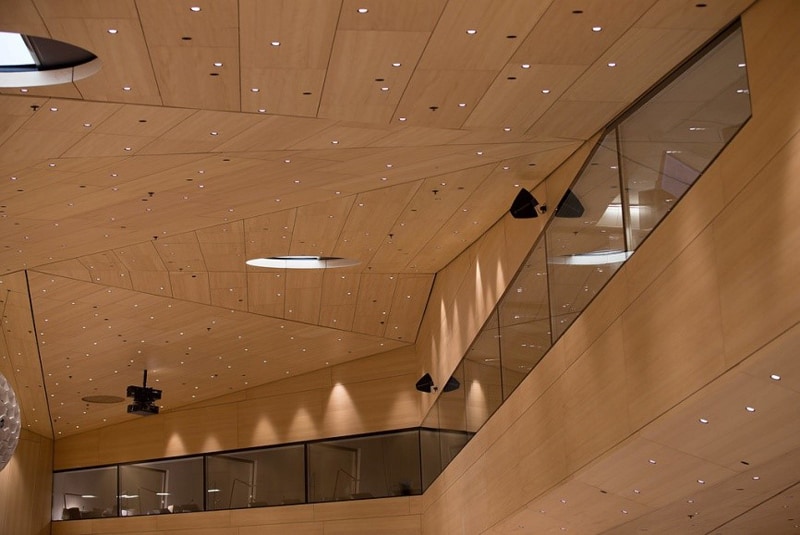
Since there are numerous recessed fixture types for household lighting systems, it’s important that you have to pick the right one. The kind of ceiling you have can also impact your chosen lighting fixture. Moreover, if the insulation material in the ceiling comes into contact with overheating light fixtures, it could lead to a fire.
The straightforward solution for this kind of problem is formulating an IC rating. Also, if the space between the fixture and house insulation is 3 inches, the fixture has to be IC-rated. This is because IC-rated recessed lights have heat protection.
Since the light source is always near the fixture’s trim and leads to more glare, it’s one of the main reasons manufacturers limit the wattage. But, in another case where the lighting is non-ic-rated, there has to be a buffer to cover the small distance of 3 inches between the insulation material and fixture.
At the same time, let’s discuss the main differences that separate IC-rated lighting fixtures from non-ic-rated lighting fixtures. The three most important factors include the following:
- Usage
- Construction
- Price
- Appearance
Usage
Since IC-rated lighting fixtures have a limited wattage, the lighting will be energy efficient. With overheating lighting bulbs that keep running as in non-ic-rated lighting fixtures, heat dissipation leads to energy inefficiency. However, the energy efficiency of IC-rated lights prevail because if the light bulbs overheat too much, the automatic thermal protection trips the switch and turns it off. This causes light bulbs to stop running, saves energy, and lowers the risk of fires.
Construction
Non-IC-rated fixtures have ventilation holes since they have a single can. This allows for proper installation and fitting in uninsulated spaces. This is also necessary to cater to the heat dissipation need. Moreover, the open air allows heat dissipation to take place effectively.
The case is an alternative with IC-rated fixtures but doesn’t allow for brighter or stronger light bulbs. Still, LED lights are suitable for IC-rated lighting fixtures.
Price
For uninsulated ceilings or a house without drywall (or a new space), you can go for non-ic-rated insulating. But when you want minimal risks of a safety hazard or none, you can go for the ic-rated lighting fixture. Make sure you check the IC rating before buying the lighting fixture.

Appearance
| IC-Rated Lights | Non-IC-Rated Lights | |
| Light Bulb Color | Silver | White |
The color of the non-ic-rated light bulb is white, while the other one is silver.
Why Is the IC Rating Recessed Lighting Important?
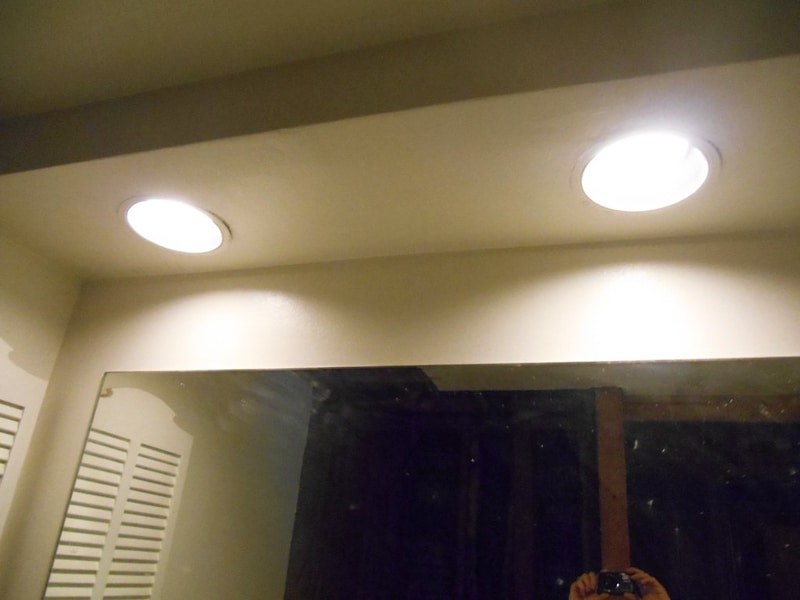
For starters, having IC-rated recessed lights inside your home means you and your family stay safe from fire or lighting-related safety hazards. If they are IC-rated, there’ll be little to no chance of fires occurring in your ceiling due to recessed lighting fixtures.
IC-Rated Recessed Lighting Saves Money and Energy
There are many benefits of opting for IC-rated recessed lighting apart from preventing fire hazards. Since the light fixtures with IC-rating are air-tight, they don’t cause condensation build-up problems. Hence, you won’t have to ask the electrician to keep checking the light fixture.
Moisture condensation is one of the major causes of electrical problems, but the application of ic-rated fixtures effectively eliminates it. IC-rated lighting fixtures don’t require additional costs in the form of unnecessary repairs. Moreover, IC-rated recessed lights prevent heat loss due to the attachment to insulation. Heat dissipation or blinking lights isn’t a huge concern when it comes to overheating ic-rated lighting fixtures.
How Do I Tell If Recessed Lighting Is IC or Non-IC?
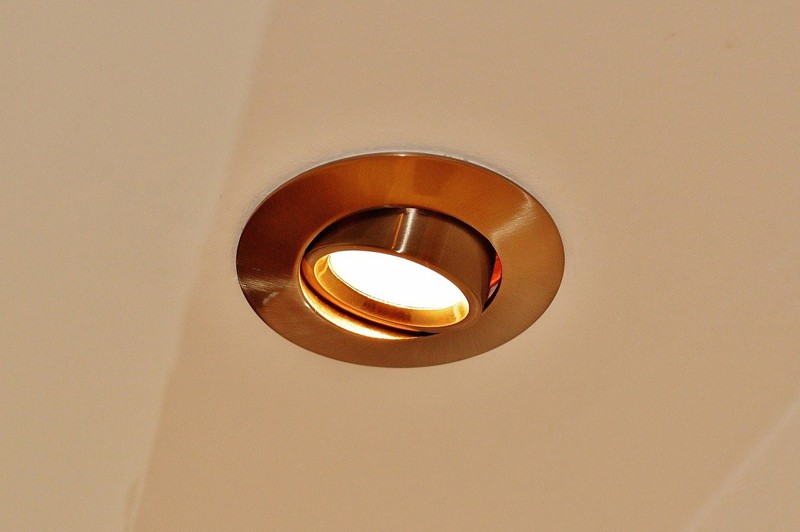
For most homeowners, checking whether or not their house lighting is IC-rated or non-IC-rated is no less than a milestone. However, telling whether or not the lighting is ic-rated or not is extremely easy. You can know that the recessed lighting system is non-ic-rated by noticing the glowing insulation around the fixture. The glow comes from light that emits through the ventilation holes of the house.
Furthermore, you can check the color of the light bulbs. If the light bulb appears silver, it’s ic-rated light. Otherwise, the white color would mean that it’s a non-ic-rated fixture. Most ic-rated fixtures also carry a label that indicates the model number. It will contain the label “IC.”
For your information, if you’re choosing the best insulating effect for your house (material), do so, considering the least flammable one as well. This idea is especially for homeowners with a non-ic-rated recessed lighting fixture.
The worst material for insulation over non-ic-rated recessed lighting:
- Cellulose insulation
The best insulation over non-ic-rated recessed lighting:
- Fiberglass
- Rock wool
How to Check and Identify IC-Rated Fixtures?
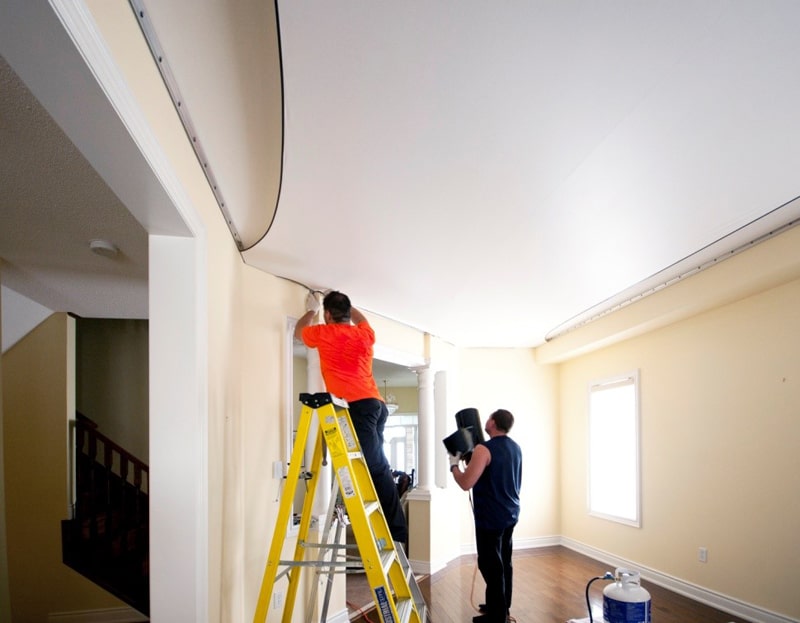
Although the Insulated Contact (IC) rating is necessary, Air Tight (AT), referring to the IC-IT rating, is also necessary. Here’s a small step-by-step guide to help you determine whether your recessed lighting fixture is IC-rated and IC-AT.
- Reach your attic space and find the fixture from that side. You will easily see the IC label attached to the home insulation material on your recessed lighting.
- Otherwise, you can place a ladder and reach the ceiling.
- First, remove the trim off of the recessed lighting fixture safely.
- Second, make sure to remove the light bulb from the recessed lighting fixture
- It’s also referred to as “can lights,” so make sure you check that. If they can have holes or slits, it’s non-ic-rated.
- If unsure, check for a label with “IC” on it.
- Also, check for the “IC-AT” rating label to ensure the lighting fixture is air-tight to prevent condensation build-up and help with heat dissipation.
Conclusion
In conclusion, recessed lighting fixtures can make a room appear modern and sleek from different angles. That’s one of the main reasons why most ic-rated fixtures and led lights are popular among homeowners. The main downside of non-ic-rated recessed light fixtures is the high safety hazard risk.
More importantly, they are quite low-performing when it comes to energy efficiency. As a non-ic-rated recessed fixture light bulb covers an enclosed space, it can easily combust and catch on fire. That’s not all, but the real problem is that proper installation involves attaching it to attic space insulation (also to minimize drafts), which makes it difficult to prevent combustion and its spread.
On the other hand, an ic-rated light fixture attached to an insulated ceiling automatically turns off when the light bulb starts to overheat. Hence, it’s one of the best options for lighting in a home improvement project. Here’s the takeaway from the entire article that we went through to help you understand the importance of a proper housing and lighting system:
- What’s an ic-rated lighting system?
- How’s it different from non-ic-rated lighting?
- How do you know that your home lighting is ic-rated, and how do you check for certainty?
Buy Recessed Lights from RC Lighting
Whether you’re searching for recessed lighting for your house or office, there are many options to choose from with the help of RC Lighting. Standing among the pioneers of LED downlights and recessed lighting fixtures, RC Lighting is a major supplier of LED and ic-rated lighting systems. All light fixtures’ production is China-based and involves the use of the best materials out there. If you have any queries or wish to explore some of the best and most popular lighting options in the market, you can leave a prompt to the official representatives of RC Lighting. Simply put, the company is one of the best suppliers offering impeccable customer support.
